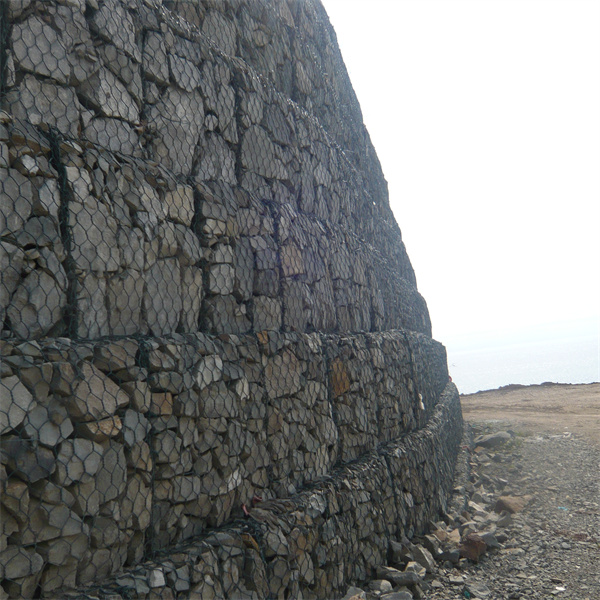lis . 22, 2024 08:24 Back to list
gabion soutènement
Understanding Gabion Retaining Structures
Gabion retaining walls are innovative structures that have gained popularity in civil engineering and environmental management. They are constructed by filling wire mesh cages, known as gabions, with rocks, stones, or other suitable materials. These structures are highly effective for retaining soil on slopes, controlling erosion, and enhancing the aesthetic appeal of landscapes. In this article, we will explore the key features, advantages, and applications of gabion retaining walls.
Key Features of Gabion Retaining Walls
Gabions are typically made from galvanised steel wire or PVC-coated wire, providing durability and resistance to environmental conditions. The wire mesh cages can be designed in various sizes, giving engineers flexibility in construction. The infill material is usually locally sourced, such as granite, limestone, or recycled concrete, making the gabion walls not only robust but also sustainable.
The design of gabion walls allows them to adapt to the settlement and shifting of soil, which is a common challenge in retaining walls. The porous nature of the walls promotes effective drainage, reducing hydrostatic pressure behind the structure. This drainage capability is crucial, as it helps prevent water accumulation, which can lead to soil erosion and wall failure.
Advantages of Gabion Retaining Walls
One of the primary advantages of gabion retaining walls is their environmental friendliness. Since they often utilize local materials, they minimize transportation costs and carbon emissions associated with building materials. Additionally, the use of natural stone blends the structure seamlessly into the surrounding landscape, making it an aesthetically pleasing choice for various projects.
gabion soutènement

Gabion walls also offer versatility in design. They can be constructed in various shapes and sizes, making them suitable for different applications, from small garden terraces to massive highway embankments. Furthermore, they provide excellent load-bearing capacity, proving effective in even the most challenging terrain.
Another notable benefit is the relatively low maintenance required for gabion structures. When properly constructed, they can last for decades without the need for significant repairs. The natural weathering of stones can enhance their appearance over time, allowing them to complement the environment rather than detract from it.
Applications of Gabion Retaining Walls
Gabion retaining walls are widely used in a variety of applications. In civil engineering, they are utilized to stabilize slopes and prevent erosion along roadsides, riverbanks, and embankments. They are also commonly employed in landscaping projects, used as terraces, planters, and decorative features.
In environmental conservation, gabions play a significant role in controlling sedimentation and promoting biodiversity. They can create habitats for various species while stabilizing the soil and protecting water bodies from sediment runoff.
In conclusion, gabion retaining walls are not only a practical solution for soil stabilization and erosion control but also an environmentally sustainable choice. Their adaptability, strength, and aesthetic appeal make them a preferred option for engineers and landscape architects alike, offering long-lasting benefits in diverse applications. As awareness of environmental impacts continues to grow, gabions stand out as an innovative solution that harmonizes functionality with ecological responsibility.
-
HESCO Gabion Baskets for Coastal Erosion Prevention
NewsAug.22,2025
-
Longevity and Durability of River Rock Gabion Walls
NewsAug.22,2025
-
How to Integrate Gabion 3D Walls in Urban Planning
NewsAug.22,2025
-
Reno Mattress Gabion Applications in Civil Engineering
NewsAug.22,2025
-
How to Install Wire Mesh for Gabion Baskets Properly
NewsAug.22,2025
-
Best Materials for Filling a Chain Link Gabion
NewsAug.22,2025
-
Wire Mesh Thickness Impact on Gabion Wall Load Bearing
NewsAug.12,2025






